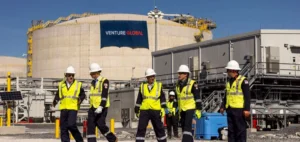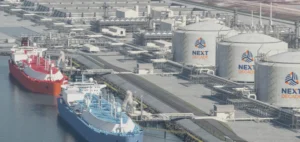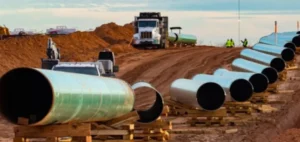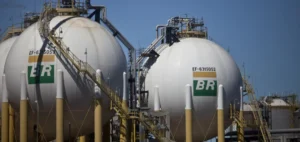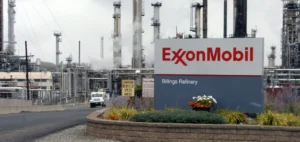US ethane export volumes to China are expected to reach a historic high in June, benefiting from a tariff exemption enacted by Beijing and renewed confidence between the two countries following a phone call between Presidents Donald Trump and Xi Jinping on June 5. The renewed communication comes amid ongoing trade tensions, despite both governments suspending the imposition of new tariffs in early May.
Price rebound on the US Gulf Coast
The leaders’ phone call coincided with a rebound in ethane prices on the US Gulf Coast. On June 5, Platts assessed ethane at 21 cents per gallon at the Enterprise terminal in Mont Belvieu, Texas, up from 18.75 cents the previous day. The June 4 level had marked the lowest since November 2024, following a US government mandate requiring an export license for shipments to China. Leading exporters Energy Transfer and Enterprise Products Partners have not been granted emergency loading authorisation and continue to await approvals from the Bureau of Industry and Security (BIS), part of the US Department of Commerce.
Chinese demand remains steady despite uncertainty
According to Commodities at Sea data, deliveries to Jiangsu province are expected to exceed 326,000 barrels per day in June, more than double the previous month and a 72% increase year over year. The rise reflects the high dependence of some Chinese plants, notably Satellite Chemical, on imported ethane. Two Very Large Ethane Carriers (VLECs), the Gas Jessamine and Seri Elbert, departed Energy Transfer’s facilities in late May bound for the port of Lianyungang.
Ethane-based ethylene production facilities are concentrated in the Jiangsu, Zhejiang and Shandong provinces, with a combined capacity of approximately 4 mn mt/year, according to Commodity Insights estimates. Satellite Chemical is the only company among them entirely reliant on international sourcing.
Greater feedstock flexibility for select producers
Other producers enjoy greater flexibility. Huatai Shengfu Polymeric Material and SP Chemical, both based in Zhejiang, can switch between ethane and propane, and some facilities also use naphtha. Shandong-based Wanhua Chemical recently shut its 1 mn mt/year propane cracker to retrofit it for ethane use. Its second unit, with a 1.2 mn mt/year capacity, continues to operate using a mix of naphtha and ethane.
Technical officials at these facilities told Platts they would adjust feedstock choices according to price trends in order to mitigate the impact of potential US supply disruptions.
US export capacity set to grow
US infrastructure development is expected to drive export growth over the next two years. Energy Transfer plans to add 250,000 b/d of capacity at its Nederland terminal, while Enterprise Products Partners is installing a dedicated 120,000 b/d ethane refrigeration train and a 900,000-barrel storage tank at its Neches River terminal by late 2025, according to the NGL Markets Infrastructure Update report published in March.
A Singapore-based procurement manager told Platts that these expansions could exert downward pressure on US ethane prices, adding that any prolonged restriction on exports to China would push American suppliers to find alternative overseas markets.




